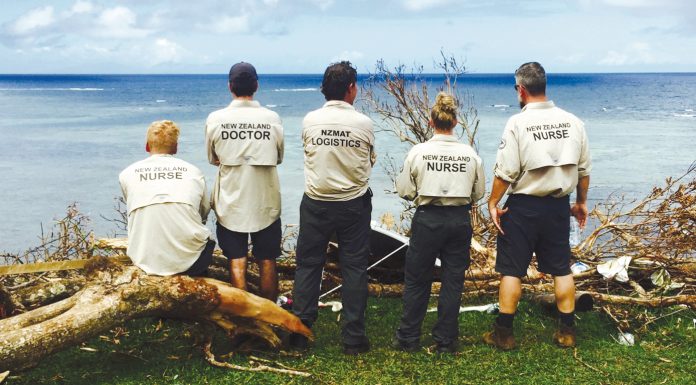Pam Doole, strategic policy manager for the council, said it was very, very exciting to have such large numbers registered in the 12 months to March 31 2017. The 77 included 13 of the Nurse Practitioner Training Programme pilot cohort who were registered in March (the remaining five had their registration panels in April).
The first NP was registered in 2001, the 50th in 2008, the 100th in 2011 and for the first time last year there was 200 NPs practising in the country. The number of registered NPs has now reached nearly 250.
Doole said she believed there were several factors which had seen three and a half time more NPs registered in 2016-17 in recent years including steps taken by the Nursing Council to streamline the registration process and by education providers to make the educational pathway for NPs clearer.
“I also think we are seeing greater support for the NP role in the health sector – some of the barriers are decreasing and at the same time the understanding of the role is increasing.”
Nearly half of the 77 NPs registered last year worked in primary health roles (30) with the next most common practice setting being acute care (11 including emergency care, intensive care and cardiac care) and 7 in child and youth health. About half of the new NPs were employed by district health boards and half by other health providers including primary health care and private hospitals
Moves undertaken by the council to streamline the process including reviewing the NP registration guidelines to try and simplify the portfolio process – including electronic portfolios. Doole said last year – in response to a high number of upcoming masters graduates from the University of Auckland – it had also trialled and introduced a more streamlined NP panel assessment process.
Previously an NP panel assessment could take five-six hours per candidate and the Council was aware that this was a big ask for the experienced NPs who volunteer their time to be panel assessors. So it had both reduced the number of panel assessors (usually NPs but sometimes also medical practitioners depending on the practice area) down from three to two and reduced the panel assessment time from a full day to a half day by concentrating on assessing the candidates’ clinical skills and knowledge during the panel and using a candidate’s portfolio to assess the non-clinical competencies.
Dr Michal Boyd, an NP and spokesperson for the University of Auckland NP programme said another strength of the fast track process – trialed in 2016 for non-NPTP masters students – was encouraging students on their clinical practicum to meet a pre-set deadline for submitting their NP application portfolio to Nursing Council. She said using a deadline to tie-in in the portfolio process with the education process meant graduates were less likely to lose momentum in completing and submitting their portfolio for NP registration
Doole said there had been some fears expressed that the introduction of the registered nurse (RN) prescribing role might impact negatively on the NP role. But she said a number of the RNs that had been authorised to prescribe since September last year had indicated that they saw it as a stepping-stone to becoming an NP.






















